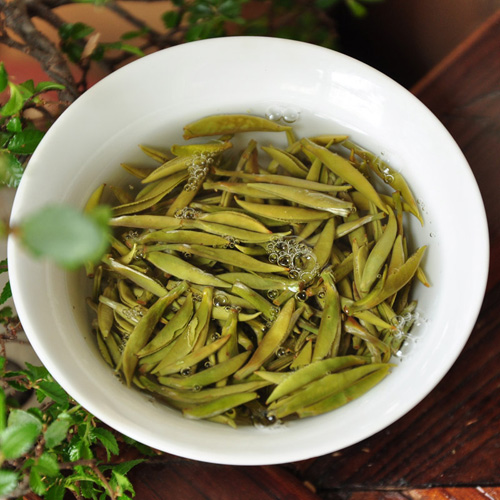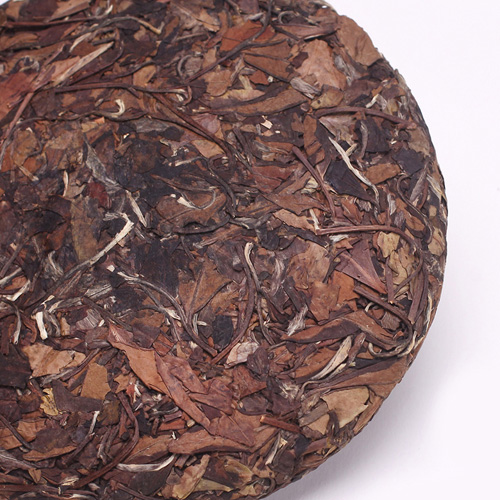A Selected Collection of
Chinese White Tea
Chinese White Tea
A Delicate Treasure of Nature
White tea, one of the most delicate and minimally processed teas, is grown and harvested almost exclusively in China, primarily in the provinces of Fujian and Yunnan. Made from the young buds and tender leaves of the Camellia sinensis plant, white tea is celebrated for its natural flavor, subtle sweetness, and numerous health benefits. The name “white tea” comes from the fine silvery-white hairs on the unopened buds, which give the tea its characteristic whitish appearance.
White tea is the least processed of all tea types, allowing it to retain the natural appearance and essence of the tea leaf. After harvesting, the buds and leaves are wilted under natural sunlight and then lightly dried to prevent oxidation. This simple yet precise process preserves the tea’s delicate flavor and high levels of beneficial compounds, such as antioxidants, polyphenols, and catechins.
The production of white tea is highly sensitive to temperature and weather conditions. If the drying process is too hot, the leaves may develop a reddish tint; if too cold, they may turn blackish. The ideal result is the silvery-white hue that white tea is famous for, a testament to the skill and care of the tea artisans.
White tea is often regarded as the ultimate health tea, containing more nutrients than its black or green counterparts. Research suggests that white tea may be more effective than green tea in preventing cancer and combating harmful bacteria. Its high antioxidant content also helps protect the skin from aging, making it a natural choice for those seeking to maintain a youthful appearance.
The Fujian Province is the birthplace of white tea, with Fuding, Zhenghe, Jianyang, and Songxi being the primary growing regions. Among these, Fuding White Tea, originally produced on Taimu Mountain in Ningde, is particularly renowned. Fuding is home to two of the most prized white tea varieties: 1. Silver Needle (Bai Hao Yin Zhen): Made exclusively from young tea buds, this tea is known for its silvery appearance, delicate flavor, and sweet aftertaste; 2. White Peony (Bai Mu Dan): A blend of buds and young leaves, this tea offers a slightly stronger flavor while maintaining the characteristic freshness and aroma of white tea.
Both varieties are rare and highly sought after, making them treasured additions to any tea collection.
White tea’s minimal processing and natural flavor make it a true reflection of the tea leaf in its purest form. Its light, refreshing taste and health-promoting properties have earned it a loyal following among tea enthusiasts worldwide. Whether you’re sipping a cup of Silver Needle or White Peony, Chinese white tea offers a calming and rejuvenating experience. Explore our collection and discover the timeless elegance of this exquisite tea.



